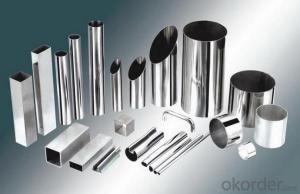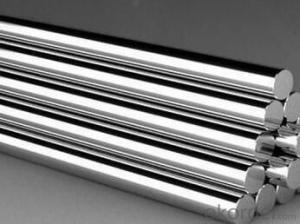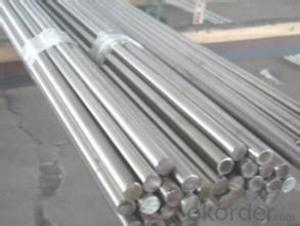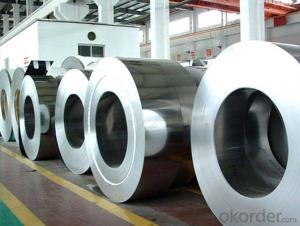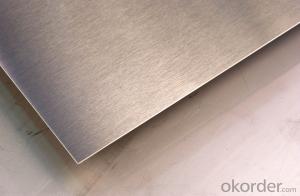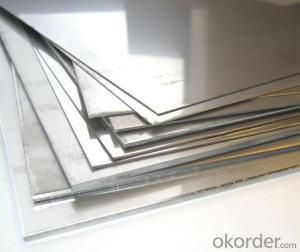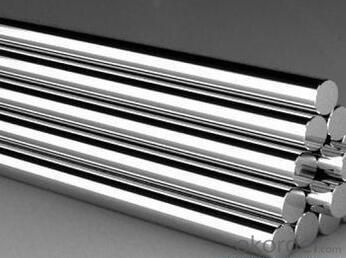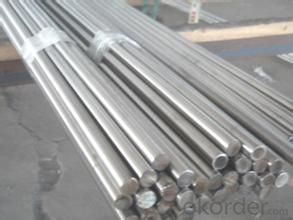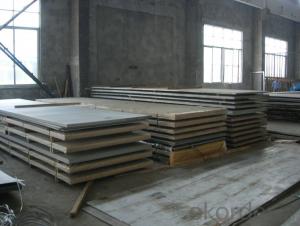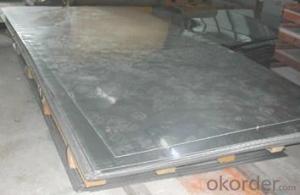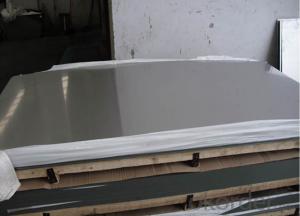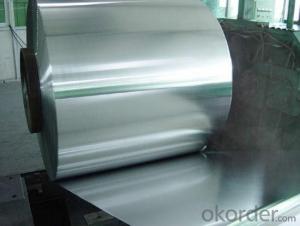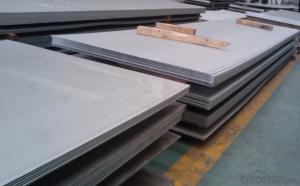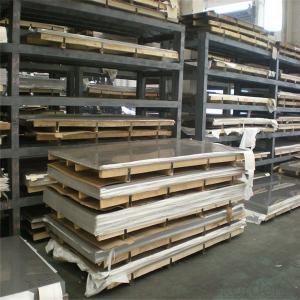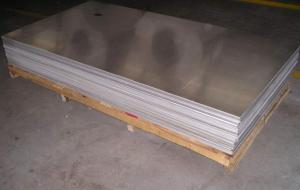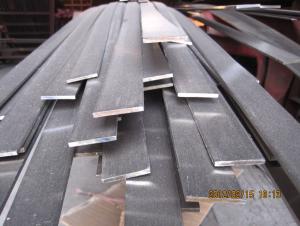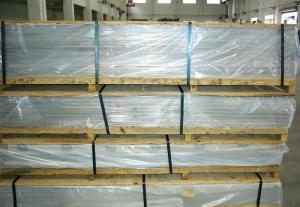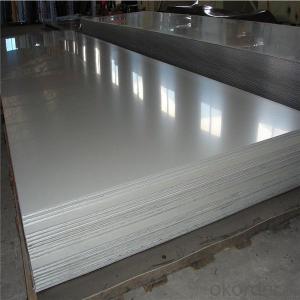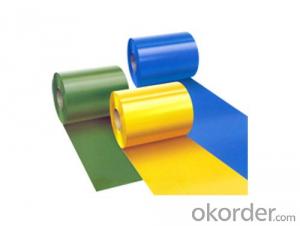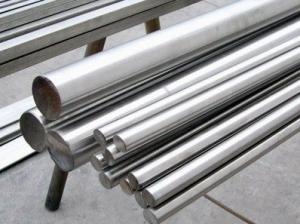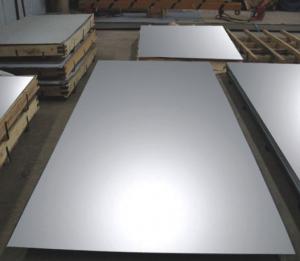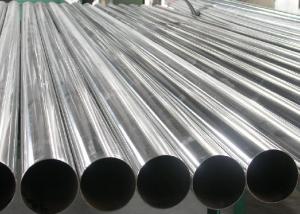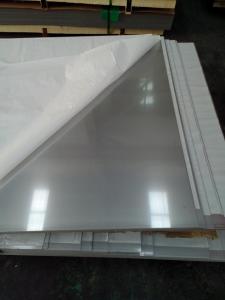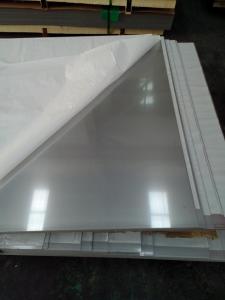Stainless Steel Sheet and Stainless Steel Pipe Price Per Kg
- Loading Port:
- Shanghai
- Payment Terms:
- TT OR LC
- Min Order Qty:
- 1 m.t.
- Supply Capability:
- 20000 m.t./month
OKorder Service Pledge
OKorder Financial Service
You Might Also Like
Specification
Stainless Steel Sheet and Stainless Steel Pipe Price Per Kg
Packaging Details:Wooden pallets,water proof paper-20'GP or 40'GP for stainless steel sheet.
Delivery Detail:within 5-7 days after receiving the deposit
1. Specifications about stainless steel sheet
Commodity | Professional 430 201 202 304 304l 316 316l 321 310s 309s 904l stainless steel sheet |
Grade | 201,202,304,304L,316,316L,310S,309S,321,301,310,410,420,430,904L |
Brand | TISCO ,BAOSTEEL,POSCO,JISCO,LISCO |
Certification | SGS,BV,IQI,TUV,ISO,etc |
Thickness | 0.2mm-150mm |
Width | 1000,1219,1250,1500mm, or as your requirements |
Length | 2000,2438,2500,3000,6000mm, or as your requirements |
Surface | No.1, 2B, BA, 8K Mirror, Hairline,satin, Embossed,brush,No.4,HL,matt,pvc film,laser film. |
Standard | ASTM,AISI,SUS,JIS,EN,DIN,GB, ASME,etc |
Delivery time | 5-7 days after confirming the order |
MOQ | 1 Ton |
Advantages | Showing the splendor of your quality, wearresistant as well , strong corrosion resistance and decorative effect, durable and beautiful in good taste. |
2.Production Flow about stainless steel sheet
Raw materials are sending to hot rolling units for rolling into different sizes
Hot rolled material is annealing in cold; rolled annealing furnace and pickling in acid.
All mill rolls are grinded on precision grinding machine with proper chamfering after first shiftoperation.
All sheets are pickled in different tanks and dried on brush roll machine before dispatched.
These sheets are again annealing and are sent to straighten machine for straightening.
Inspections are done at various stages. Keep proper control overall internal process via rolling,annealin and pickling by our experienced staff.
3.Surface--stainless steel sheet
| Surface Finish | Definition | Application |
| 2B | Those finished, after cold rolling, by heat treatment, pickling or other equivalent treatment and lastly by cold rolling to given appropriate luster. | Medical equipment, Food industry, Construction material, Kitchen utensils. |
BA/8K mirror | Those processed with bright heat treatment after cold rolling. | Kitchen utensils, Electric equipment, Building construction. |
| NO.3 | Those finished by polishing with No.100 to No.120 abrasives specified in JIS R6001. | Kitchen utensils, Building construction. |
| NO.4 | Those finished by polishing with No.150 to No.180 abrasives specified in JIS R6001. | Kitchen utensils, Building construction, Medical equipment. |
| Hairline | Those finished polishing so as to give continuous polishing streaks by using abrasive of suitable grain size. | Building Construction. |
| NO.1 | The surface finished by heat treatment and pickling or processes corresponding there to after hot rolling. | Chemical tank, pipe. |
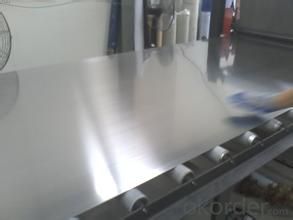
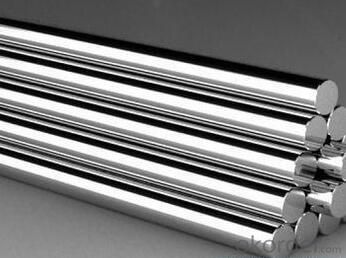
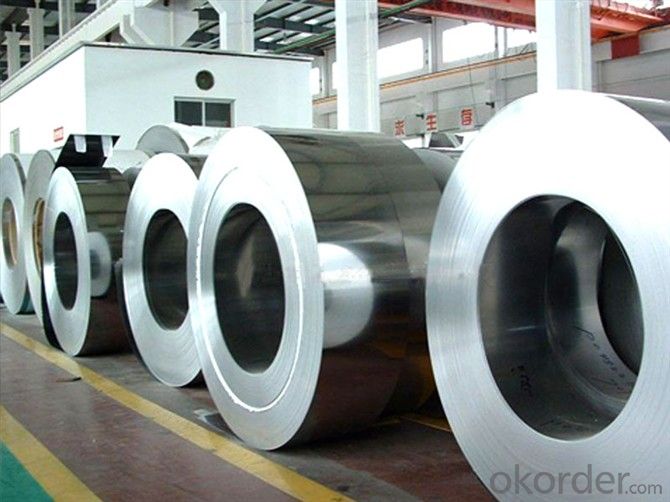
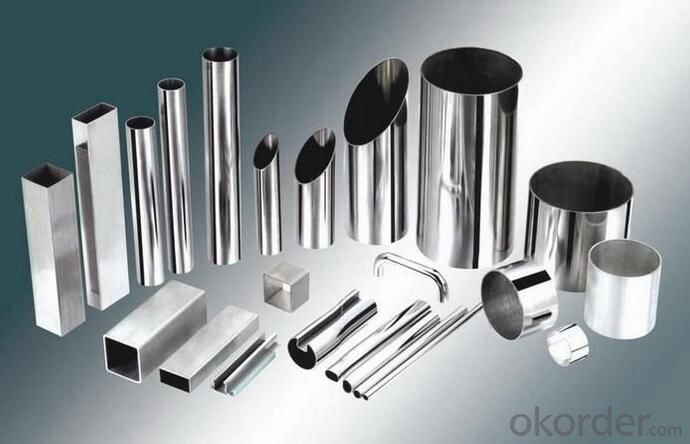
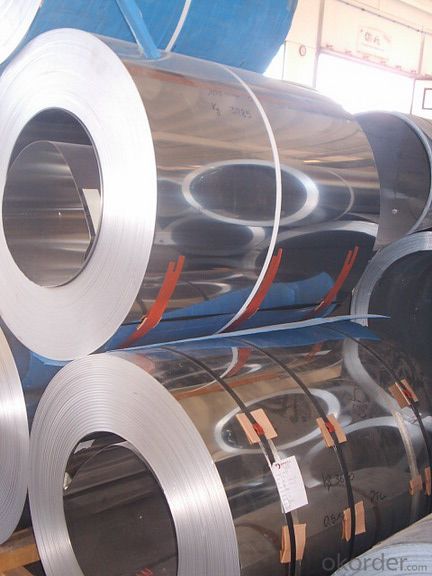
- Q: Can stainless steel sheets be used for decorative elevator doors or panels?
- Yes, stainless steel sheets can be used for decorative elevator doors or panels. Stainless steel is a versatile material that is known for its durability, sleek appearance, and resistance to corrosion. It can be easily shaped, engraved, or finished in various ways to create visually appealing designs for elevator doors or panels. Additionally, stainless steel's hygienic properties make it a popular choice for elevator applications.
- Q: How do you prevent stress corrosion cracking in stainless steel sheets?
- To prevent stress corrosion cracking in stainless steel sheets, several measures can be taken. First and foremost, selecting the appropriate grade of stainless steel that is resistant to stress corrosion is crucial. Additionally, avoiding exposure to corrosive environments, such as chloride-containing solutions or high temperatures, is important. It is also recommended to minimize or eliminate tensile stresses through proper handling, fabrication, and installation techniques. Lastly, implementing regular inspection and maintenance practices can help detect any signs of stress corrosion cracking early on and take necessary preventive measures.
- Q: What's the drill for stainless steel?
- The cutting fluid is made of concentrated emulsions. Commonly used stainless steel drills are: high cobalt bit (M35 bit, M42 bit), in which the M42 bit is the most cost-effective, and carbide drills are also available.
- Q: Are stainless steel sheets available in different patterns?
- Yes, stainless steel sheets are available in different patterns. Stainless steel is a versatile material that can be manipulated in various ways to create unique patterns and designs. Some common patterns include brushed, satin, mirror, diamond, and checker plate. These patterns not only enhance the aesthetic appeal of stainless steel sheets but also offer functional benefits such as increased slip resistance or improved durability. Whether you are looking for a sleek and modern look or a more textured and decorative finish, there are numerous options available in stainless steel sheets to suit your needs.
- Q: What is the ductility of stainless steel sheets?
- The ductility of stainless steel sheets refers to its ability to deform under tensile stress without fracturing or breaking. Stainless steel is known for its excellent ductility, allowing it to be stretched, bent, or hammered into various shapes without losing its structural integrity. This property makes stainless steel sheets highly versatile and suitable for a wide range of applications, including construction, automotive manufacturing, and kitchen appliances. Due to its high ductility, stainless steel can be formed into complex shapes or rolled into thin sheets, making it ideal for intricate designs or thin-walled structures. Additionally, stainless steel's ductility also allows for easy welding, making it a popular choice for fabrication processes.
- Q: What is the thermal expansion coefficient of stainless steel sheets?
- The thermal expansion coefficient of stainless steel sheets typically ranges from 10.5 to 12.5 x 10^-6 per degree Celsius.
- Q: What are the different types of stainless steel sheet finishes for sanitary applications?
- There are several types of stainless steel sheet finishes commonly used for sanitary applications, including #4 brushed finish, #8 mirror finish, and bead blast finish. The #4 brushed finish provides a smooth and uniform appearance with a slight texture, making it resistant to scratches and easy to clean. The #8 mirror finish is highly reflective and has a polished surface, making it aesthetically appealing and suitable for applications where hygiene is crucial. The bead blast finish has a matte texture with a uniform grain, offering a non-reflective surface that is resistant to fingerprints and often used in high-traffic areas.
- Q: Are stainless steel sheets suitable for architectural mesh applications?
- Architectural mesh applications greatly benefit from the use of stainless steel sheets. This material is incredibly versatile and durable, offering a multitude of advantages for architectural purposes. With its resistance to corrosion, stainless steel is indispensable for long-lasting performance in outdoor and high-moisture environments. Moreover, its exceptional strength enables it to withstand heavy loads, making it an ideal choice for structural applications. The utilization of stainless steel sheets in architectural mesh brings together functionality and aesthetics in a unique manner. This mesh can be employed in various ways, such as facades, cladding, sunshades, balustrades, and partitions. It can be woven or welded into diverse patterns and shapes, allowing for imaginative and visually appealing designs. Furthermore, stainless steel architectural mesh provides excellent transparency and airflow, making it suitable for applications requiring ventilation or light transmission. It enhances the visual appeal of a building by creating a sense of openness, while simultaneously ensuring privacy and security. Additionally, stainless steel offers a high level of customization. It can be finished in different colors and surface textures, providing architects and designers with the opportunity to achieve their desired aesthetic. Additionally, stainless steel is a sustainable material, as it is fully recyclable and has a long lifespan, minimizing the environmental impact of architectural projects. In summary, stainless steel sheets are an excellent choice for architectural mesh applications due to their corrosion resistance, strength, versatility, and aesthetic appeal. They grant architects and designers a wide range of possibilities to create visually striking and functional structures.
- Q: Stainless steel wire drawing without fingerprints, what principle?
- Therefore, the method of stainless steel fingerprint resistance is to make the specular surface of stainless steel into diffuse surface.The conventional method mainly has two kinds of drawing and sand blastingWire drawing is to use (coarse grit) abrasive belt or grinding wheel to burnish on stainless steel surface, make stainless steel surface roughness increase, destroy its "mirror reflection" characteristic. It can be polished by hand (hand grinding can be applied to stainless steel of various shapes). It can also be polished with a special stainless steel sanding machine (suitable for stainless steel plates, but with high efficiency).
Send your message to us
Stainless Steel Sheet and Stainless Steel Pipe Price Per Kg
- Loading Port:
- Shanghai
- Payment Terms:
- TT OR LC
- Min Order Qty:
- 1 m.t.
- Supply Capability:
- 20000 m.t./month
OKorder Service Pledge
OKorder Financial Service
Similar products
Hot products
Hot Searches
Related keywords
